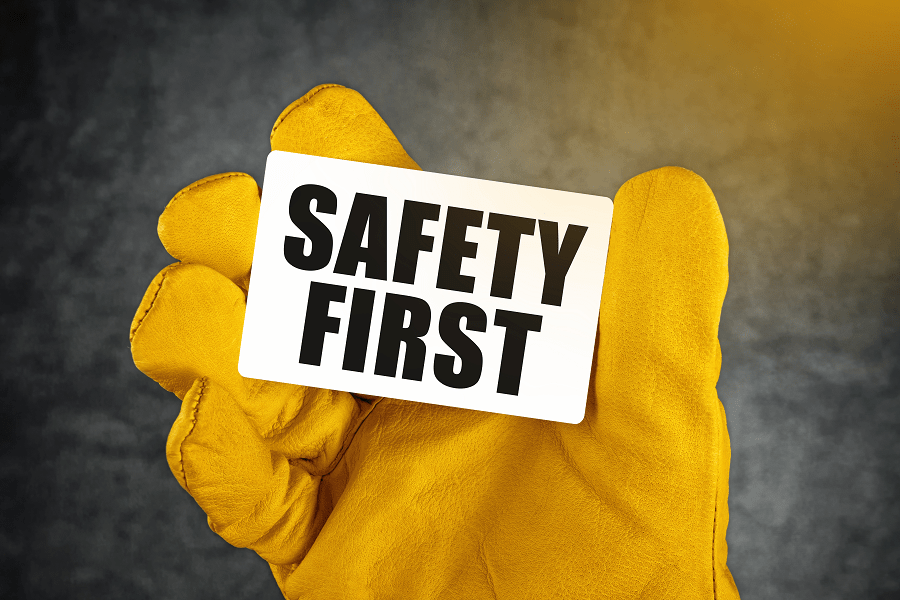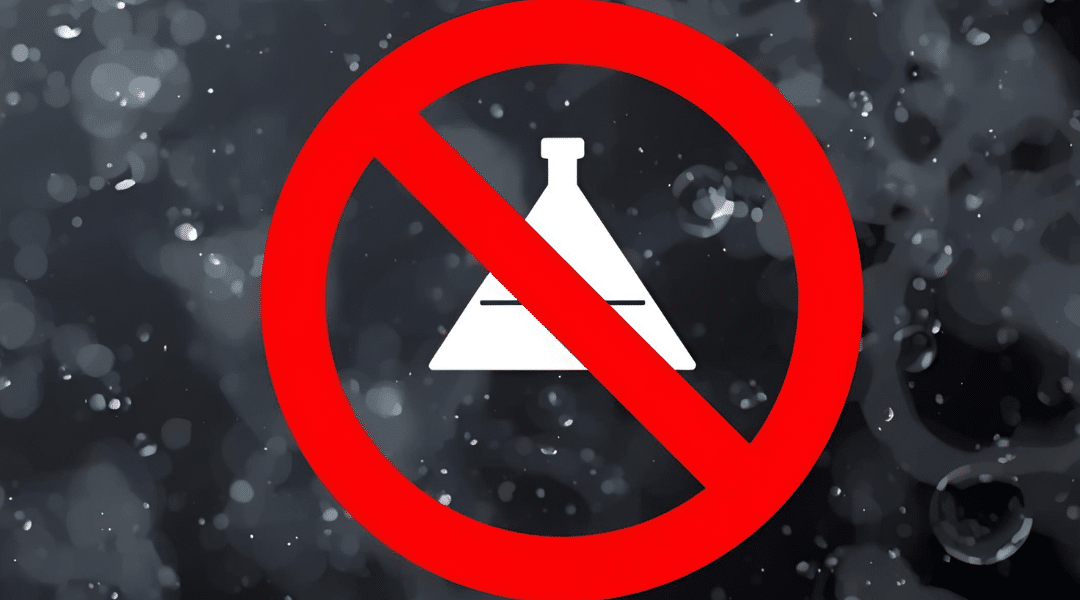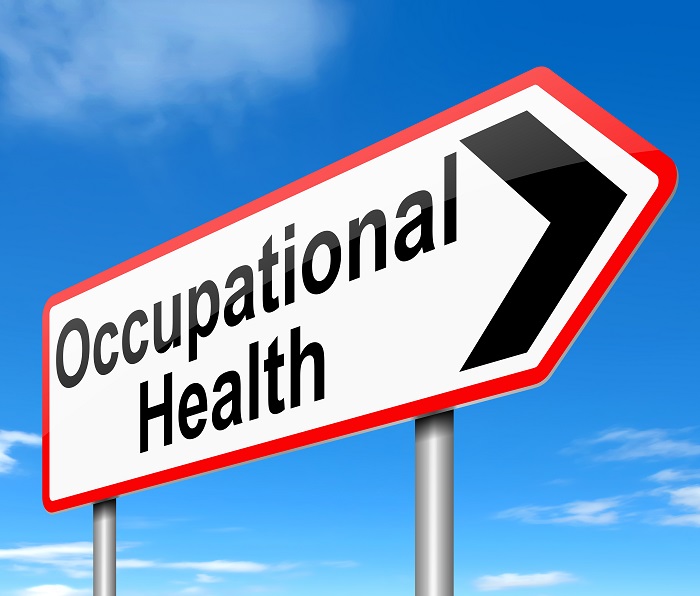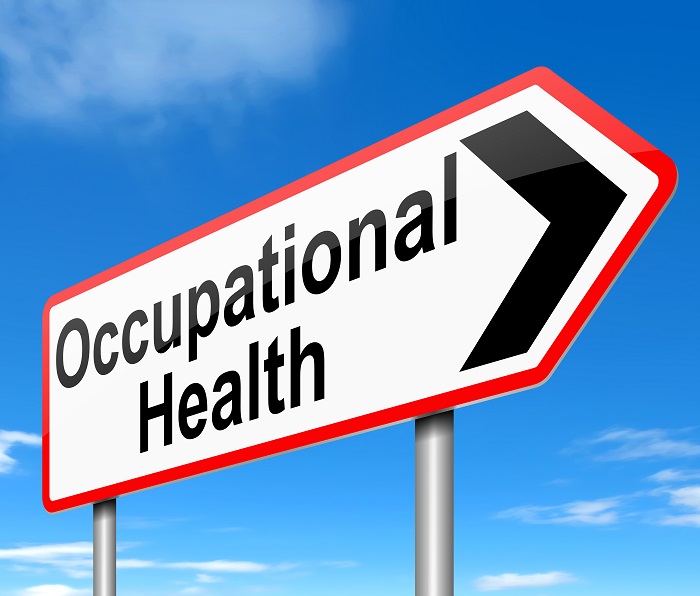nPB (a.k.a. n-propyl bromide) is an organobromine compound that is found in many types of industrial cleaning solvents, from dielectric cleaners, to cleaners for parts washers, to multi-application degreasers. Thanks to their excellent cleaning power and affordable...












